20 hardest dogs to train (even if you’re doing everything right)
Here are the breeds that make training a test of patience and strategy

If you’re following all the rules but feel like you’re hitting a brick wall when it comes to training your dog, you might have one of the hardest dogs to train. While some breeds are known to be easier to train, others have a more independent streak, especially if expected to settle into a lifestyle that is alien to their natural instincts.
For many breeds, that independence is what makes them brilliant at their job, such as the herding dogs that are naturally blessed with a large dose of initiative and intelligence to second-guess their flocks and keep them in check. The protection dogs, too, are bred to take the lead in sniffing and snuffing out problems, which is what makes them the best guard dogs.
Some breeds seem to have a sky-high IQ and can easily outwit us, while others simply have a stubborn streak, and these ones are often too cute for their own good. You’re in luck if you have a greedy dog, as their appetite provides a significant weak spot, making them the easiest to train with treats.
Is you dog one of the hardest to train?
Hardest dogs to train
1. English Bulldog

English Bulldogs are sweet and docile, but that gentle temperament doesn’t mean they are equally biddable. English Bulldogs – more so than their French counterparts – are known to be stubborn and strong-willed, and most will only pick up the training basics. Make the most of their large appetites with rewards-based training.
2. Afghan hound
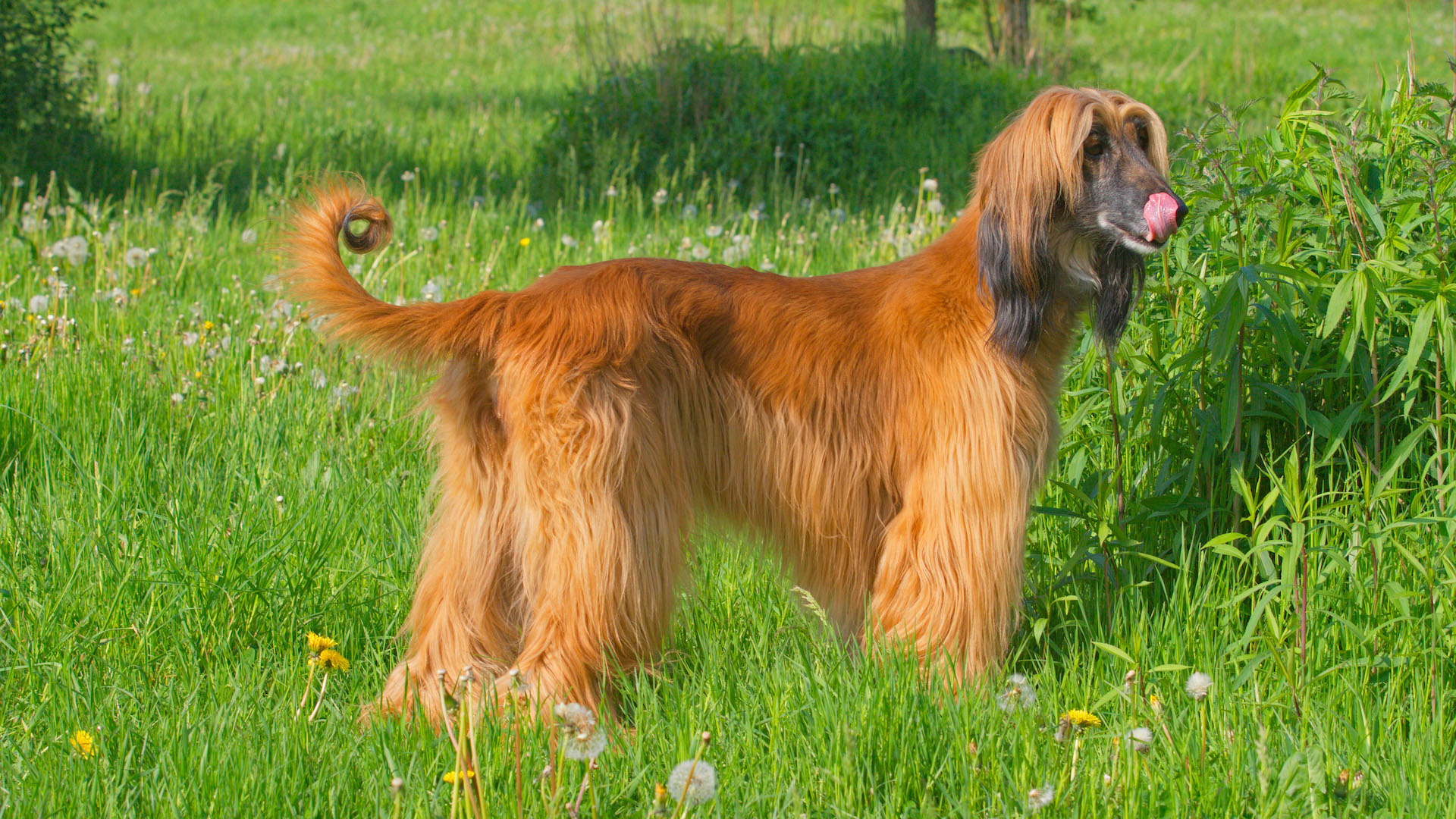
Afghan Hounds are free-thinking sighthounds that tend to fix their focus on distant moving objects over their owners, and they’ve got the pace to get them there. Their independence and ability to run far faster than any human could ever dream of are natural instincts that have been bred into them for thousands of years. They can also clear a 6ft fence.
So keep them sufficiently mentally stimulated and physically exercised, and they may condescend to listen to you if they deem you to be interesting enough!
Get the best advice, tips and top tech for your beloved Pets
3. Dachshund
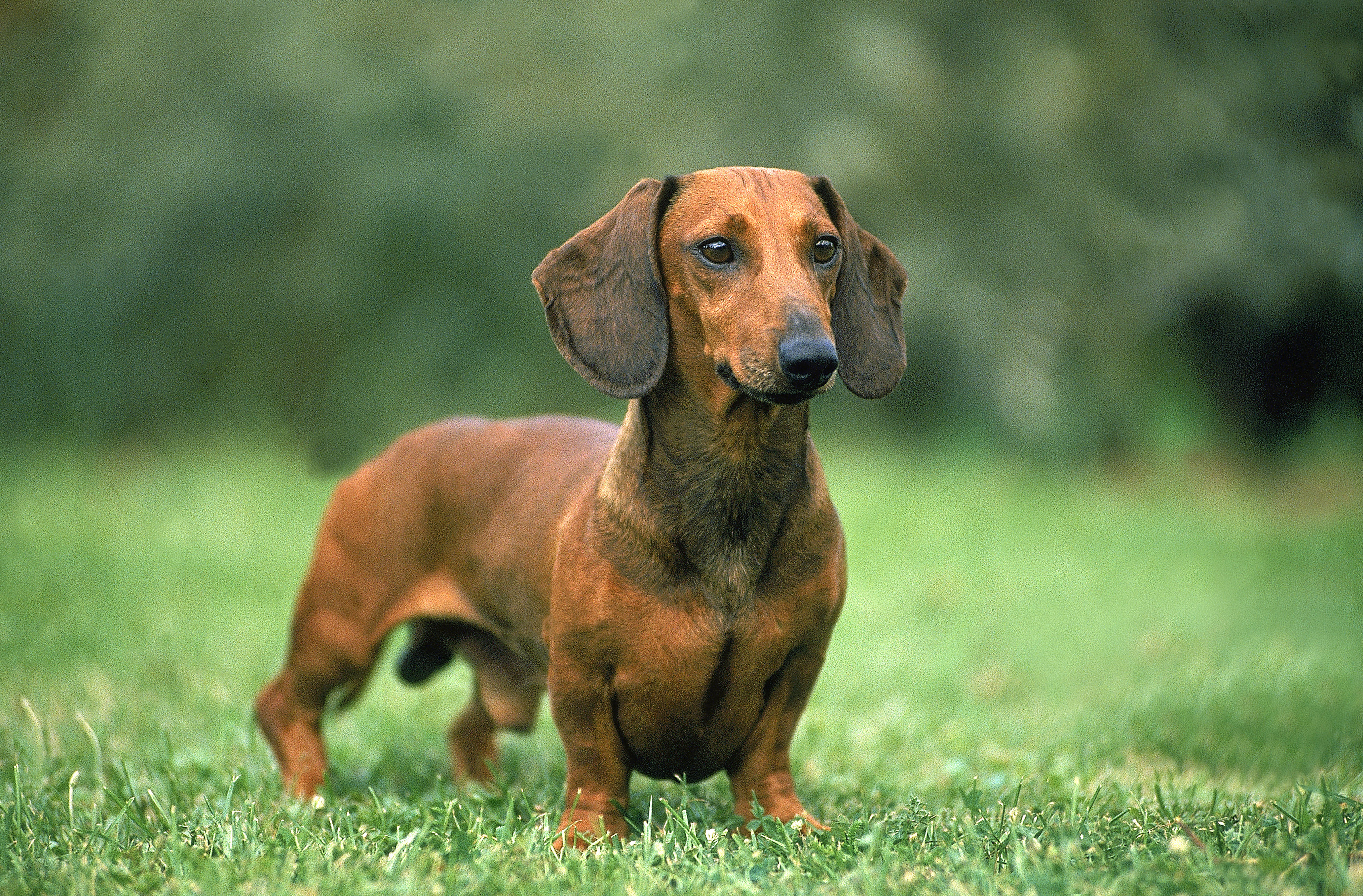
A small dog that packs a lot of punch, dachshunds are naturally bold, independent, very vocal, and rather willful. Given that they were bred to hunt badgers and moles, digging tunnels in pursuit, it’s no surprise they think they can run the show themselves.
Digging, barking, and ignoring your commands in pursuit of a scent are all second nature to a Dachshund. So keep those busy brains occupied to prevent doggy boredom, which can lead to naughtiness.
4. Bloodhound
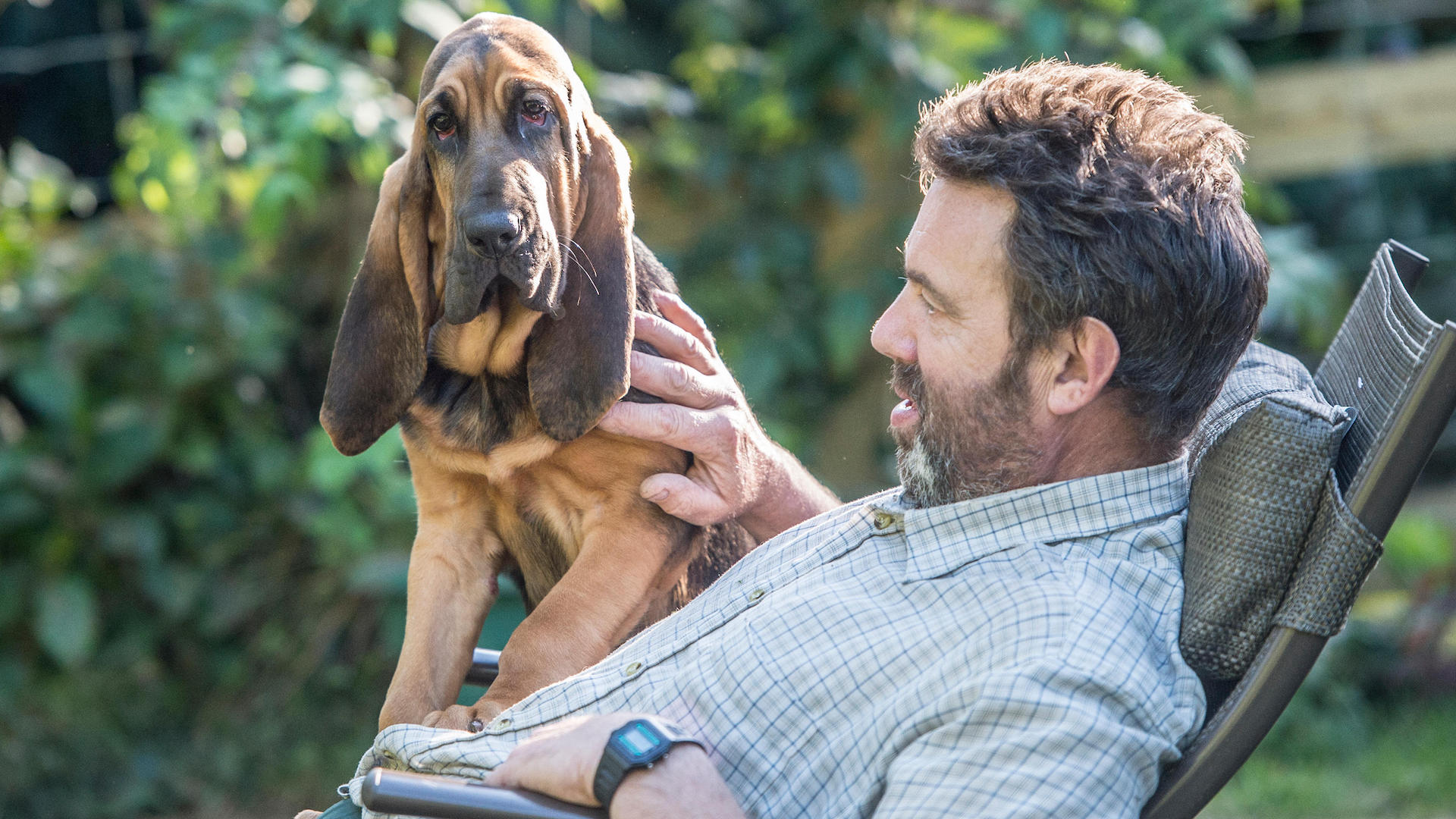
Bloodhounds are super-smart, which should make them easy to train, but they are also large, independent dogs bred to work in packs, which can put a spanner in their education in a domestic setting. Their size means you can end up being dragged around if training isn’t going smoothly.
They thrive with a patient, consistent, and experienced handler who understands that they are competing with their dog’s unparalleled sense of smell, which will always provide a distraction.
5. Pug

Pugs are easy to please, but not necessarily people-pleasers themselves. Smart, but extremely stubborn, they also tend to have a limited attention span, so training sessions should be kept short and sweet. Luckily, they’ll do anything for food, so rewards-based treats should get them eating out of your hand.
6. Komondor
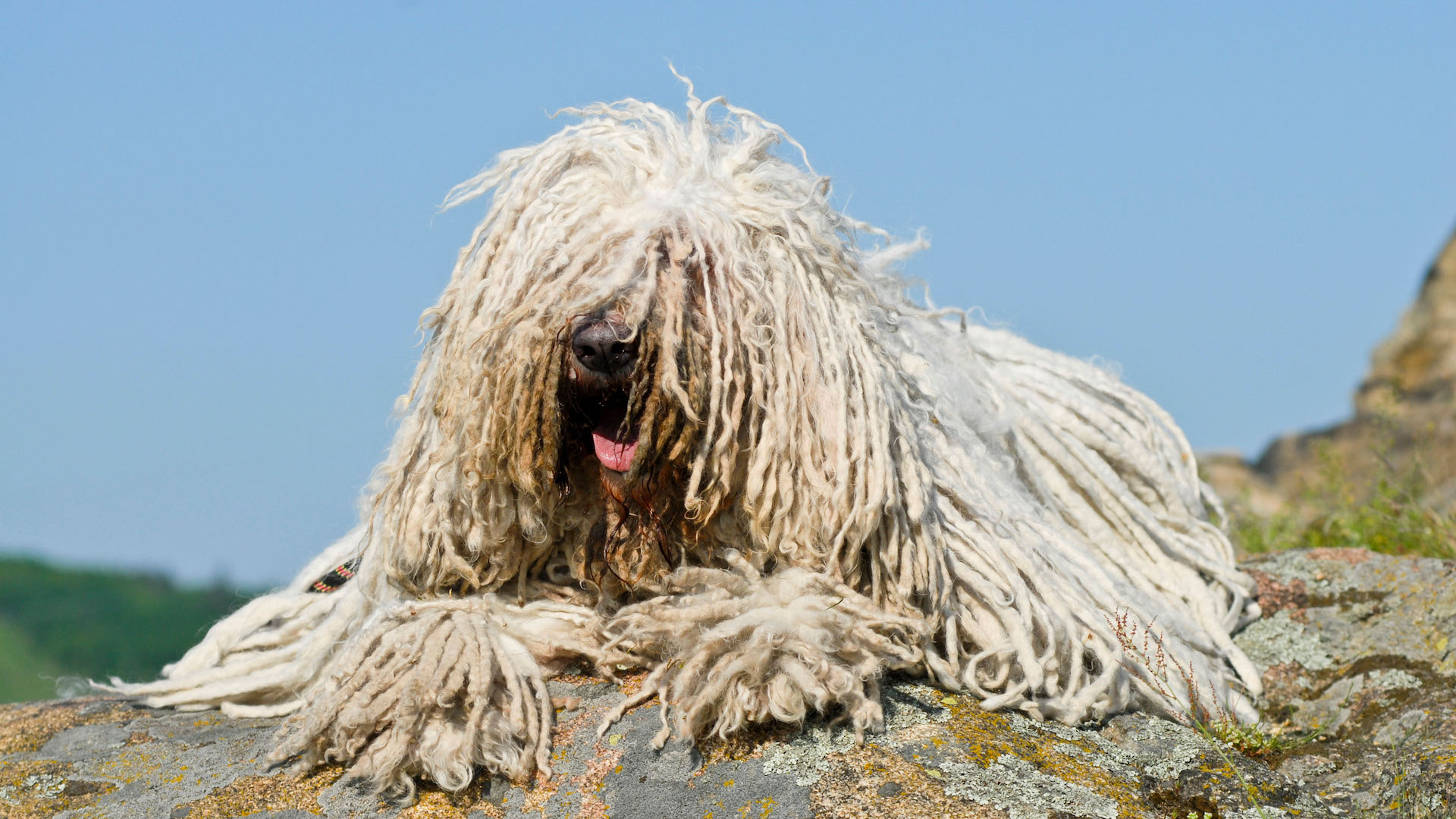
Hungary’s eye-catching sheepdog – also known as “mop dog” on account of its dreadlocks – is not for novice owners, as they can be a high-maintenance breed and require a very experienced hand to train them effectively.
They are fantastic guard-dogs, being imposing and suspicious of strangers, but this independence works against all but the most proficient of handlers. They are also large, strong, territorial, and protective, all assets that need tactful management.
7. Chow chow
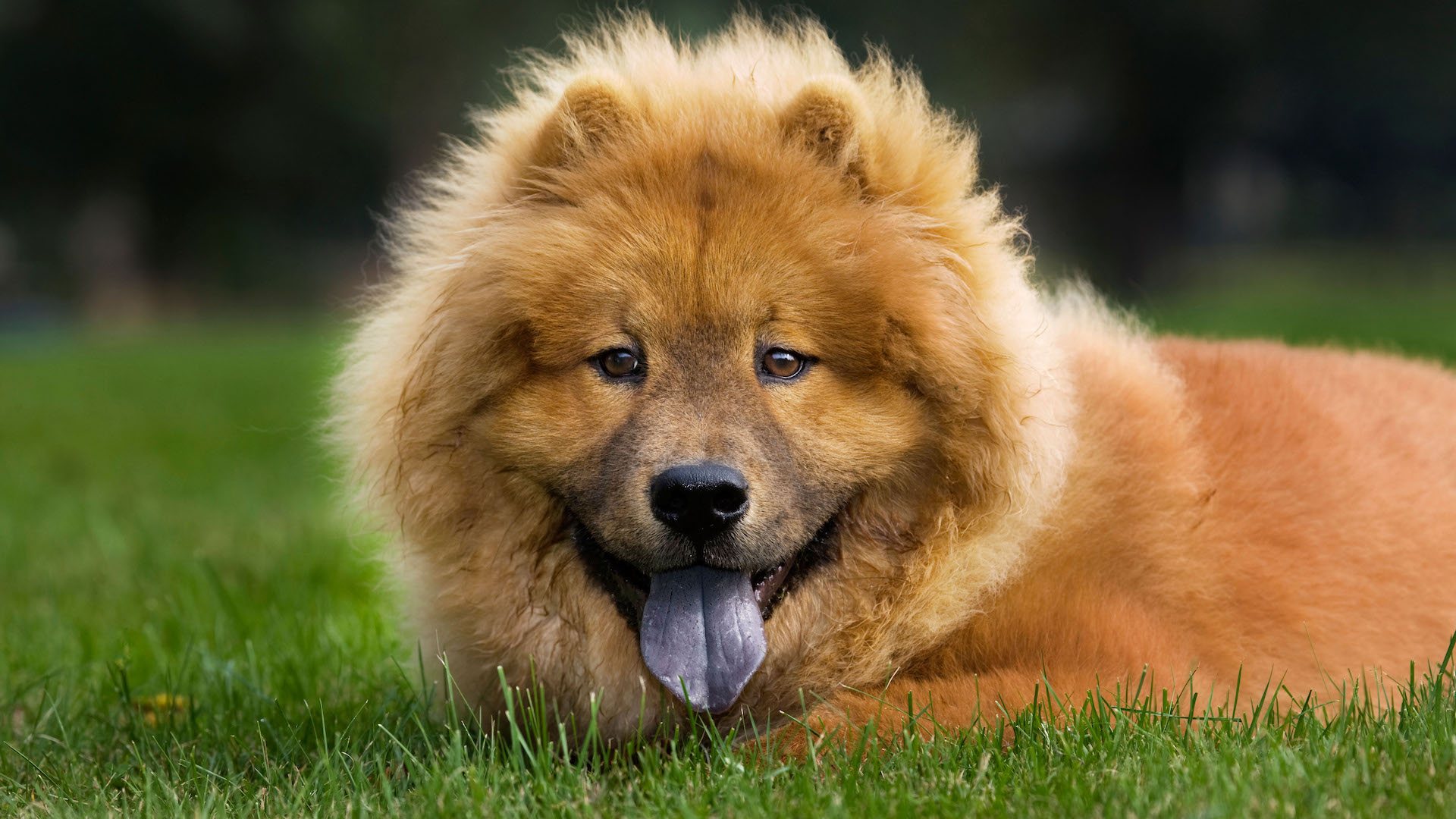
Chow chows look like big, fluffy teddy bears, but they are often obstinate and can use their intelligence against you. Given their large size and territorial tendencies, this is a breed best left to experts, who will socialize and train them appropriately from an early age.
While they are large and robust on the outside, temperamentally they are sensitive and need a calm, patient, and encouraging handler to build a trusting relationship.
8. Dalmatian

Dalmatians were originally bred to run alongside stage coaches, as a sort of running guard-dog. This means that they are not only intelligent, strong, and work well alongside humans (and horses), but they’re a high-energy breed.
The power that provides this impressive stamina needs channeling – if not, they can prove stubborn and strong-willed as the energy finds other outlets and distractions.
9. Shih tzu

Adorable to look at, the shih tzu still needs training to iron out any unwanted habits, such as nipping and yapping, which larger dogs wouldn’t get away with. A wily breed, they are probably smarter at training their owners than vice versa.
10. Maltese
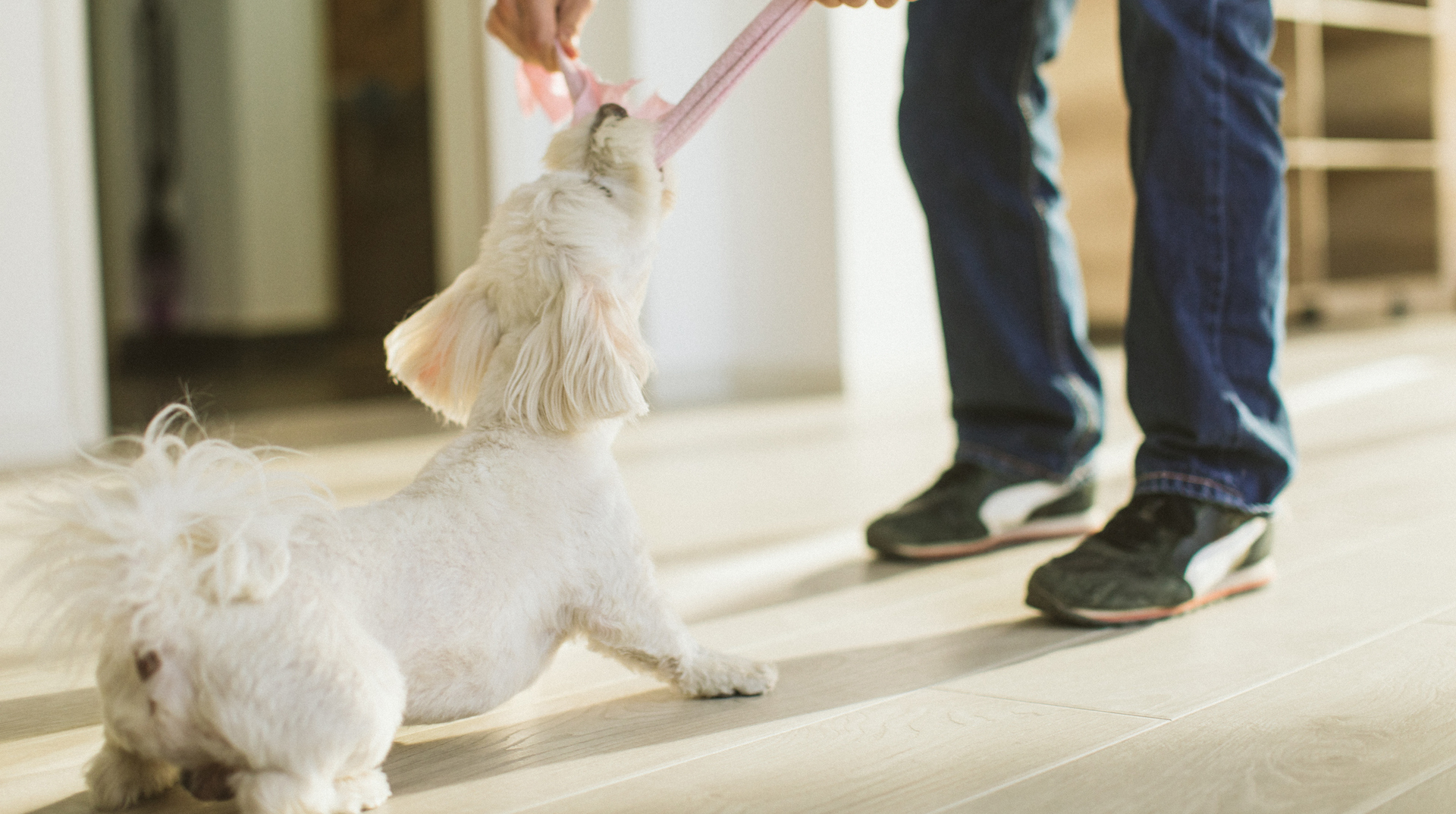
As a small, intelligent breed, Maltese Terriers may look like a doddle to train. In many cases, this can be true, so long as they don’t manage to run rings around you first.
Bear in mind that although they are eager to please, they can be strong-willed as well as highly sensitive, so a delicate approach is required. They thrive on short sessions with plenty of positive reinforcement.
11. Chinese Shar-Pei

The Shar-Pei is not typically recommended as a breed for first-time dog owners as they are typically tricky to train. They tend to be stubborn and easily distracted, so short sessions are essential to set this characterful, wrinkly breed on the path to obedience.
12. Beagle

Find what motivates a beagle and you’re halfway there – if not, it’s a long, hard path to training them to be obedient. They are energetic, playful, and tremendously scent-driven, giving them very short attention spans to devote to learning commands. Happily, they are a delightfully easy-going breed, so all is quickly forgiven!
13. Foxhound
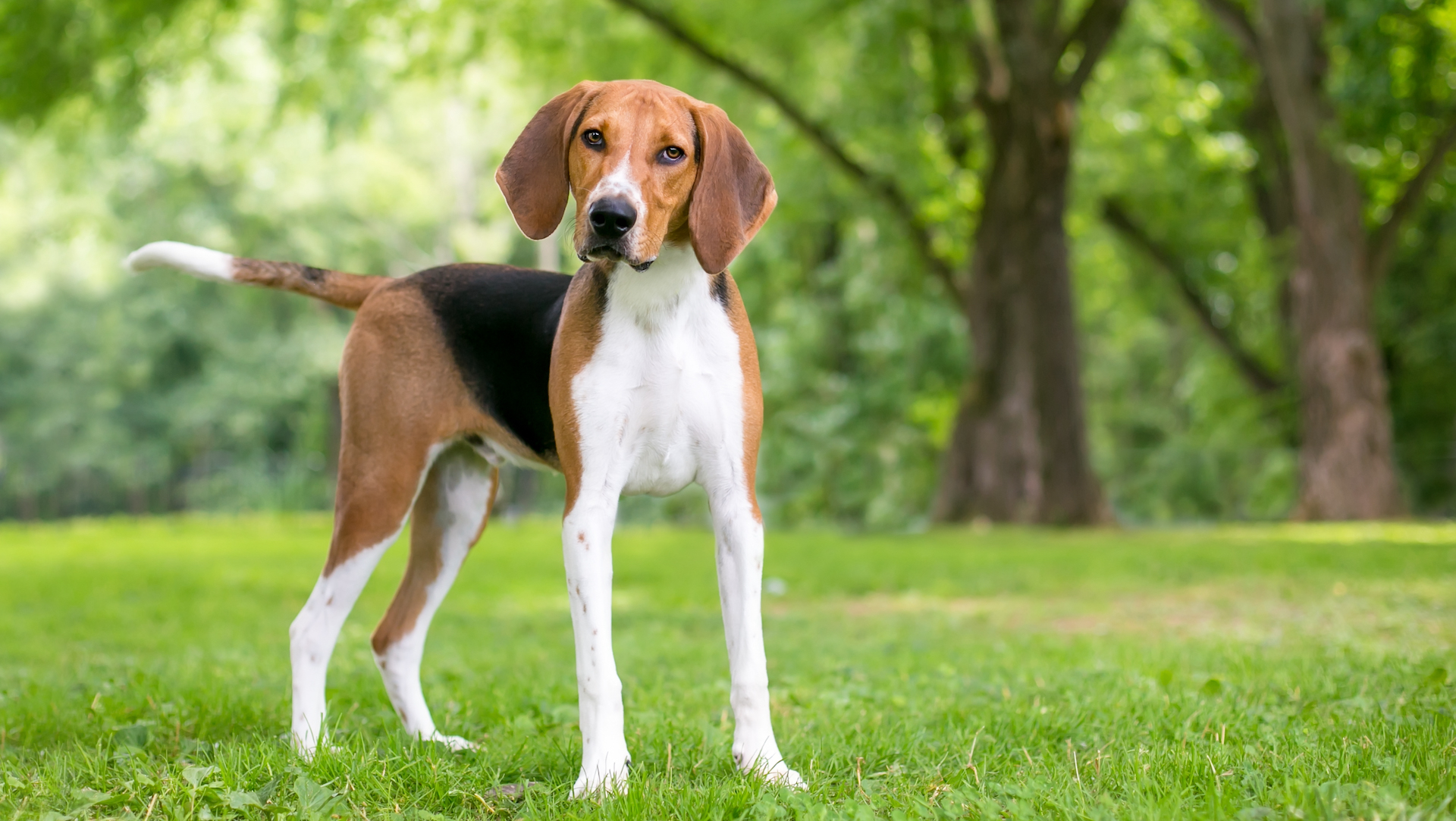
Put a foxhound in his natural milieu – that is, a pack and a hunting field – and they’ll show remarkably high levels of training. However, in a domestic setting, they are such independent thinkers that they don’t see the need to take instructions from humans when they can figure out everything for themselves. Plus, both their prey and energy drives are sky high.
14. Siberian Husky
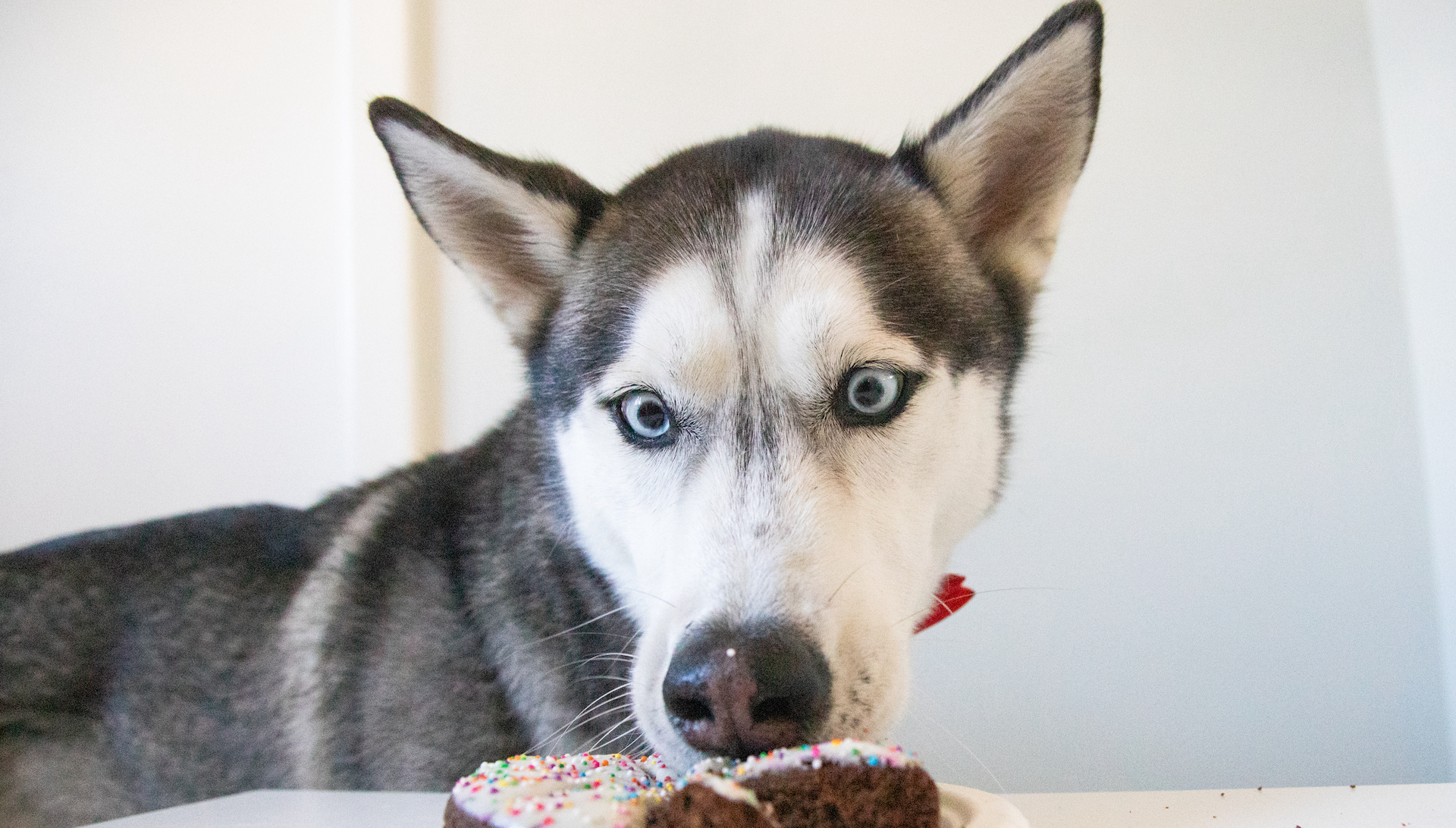
Siberian Huskies are free-spirited dogs that are blessed with high intelligence and energy levels, neither of which is necessarily a useful asset in the home. While they are smart and can learn obedience in a domestic setting, they aren’t always quite as eager to please as we might hope.
Plus, Siberian Huskies are designed to expend huge amounts of energy on a daily basis, so they can easily get bored and divert to destructive tendencies.
15. Basenji
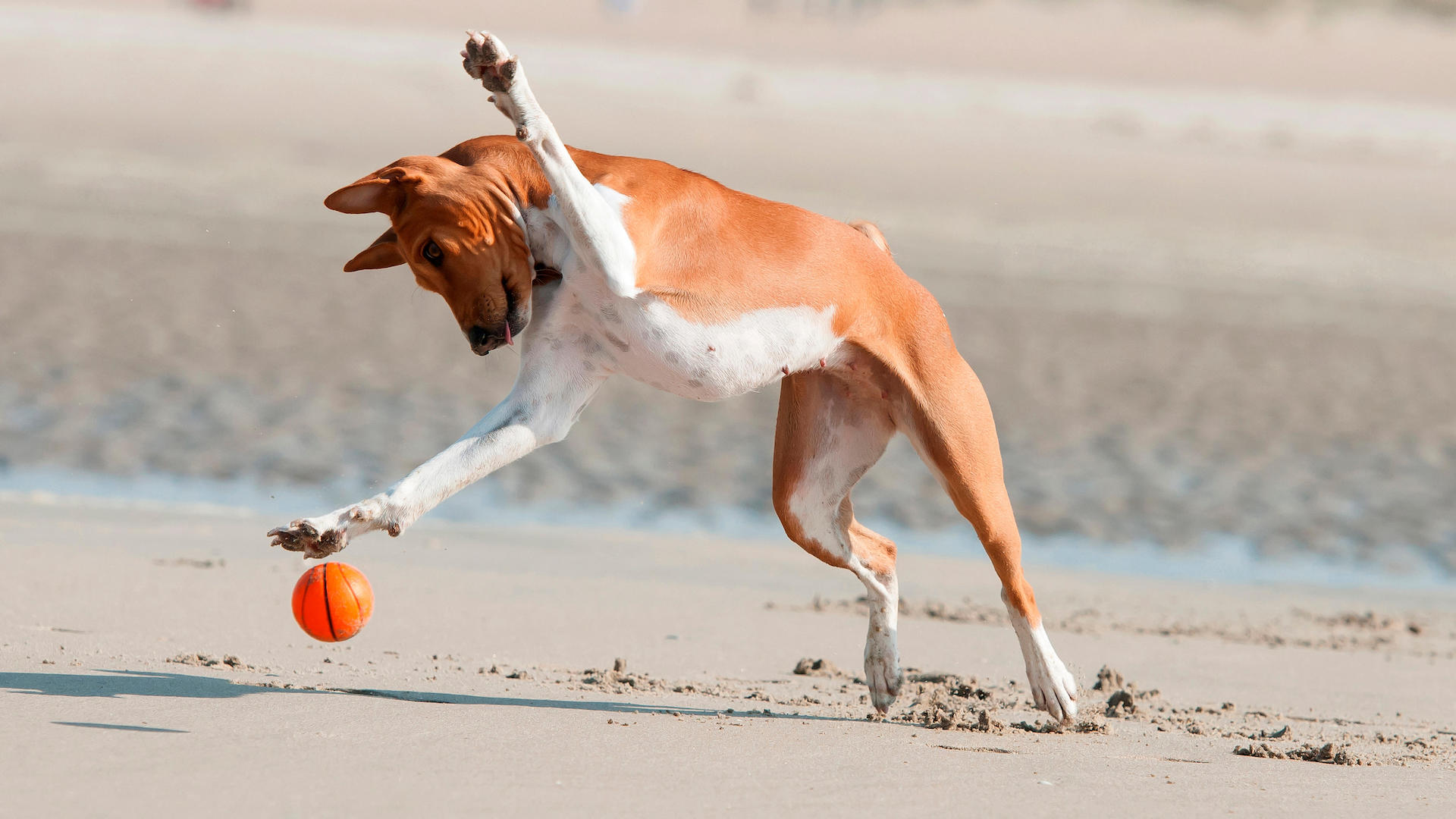
For sure, the basenji is a quick learner and highly intelligent, but that doesn’t necessarily mean he’s automatically trainable. He’ll do everything with a smile on his face, but on his terms and in his time.
They aren’t always entirely trusting of humans, so go slowly, calmly, and with plenty of rewards to build up a happy relationship.
16. Jack Russell Terrier
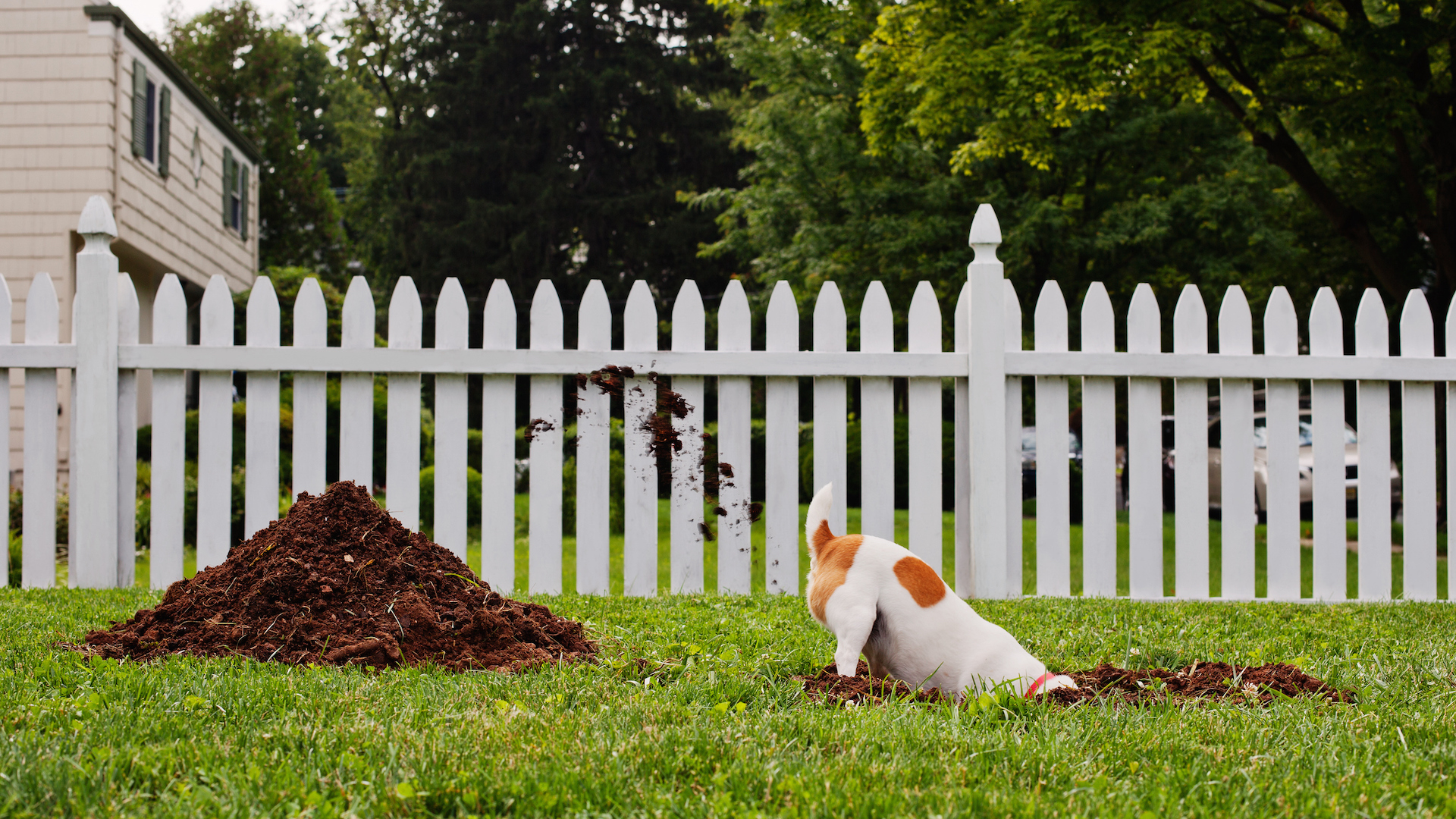
Jack Russells typically love training sessions, but the trick is keeping them entertained. This is a dynamo of a terrier, who will dig, yap, run, chase, and chew in his pursuit of fun. They tend to be more partial to pleasing themselves than people, but so long as you can channel their energetic personalities into a variety of different activities, you‘ll have a companion for life – it just won’t be a peaceful one!
17. Akita
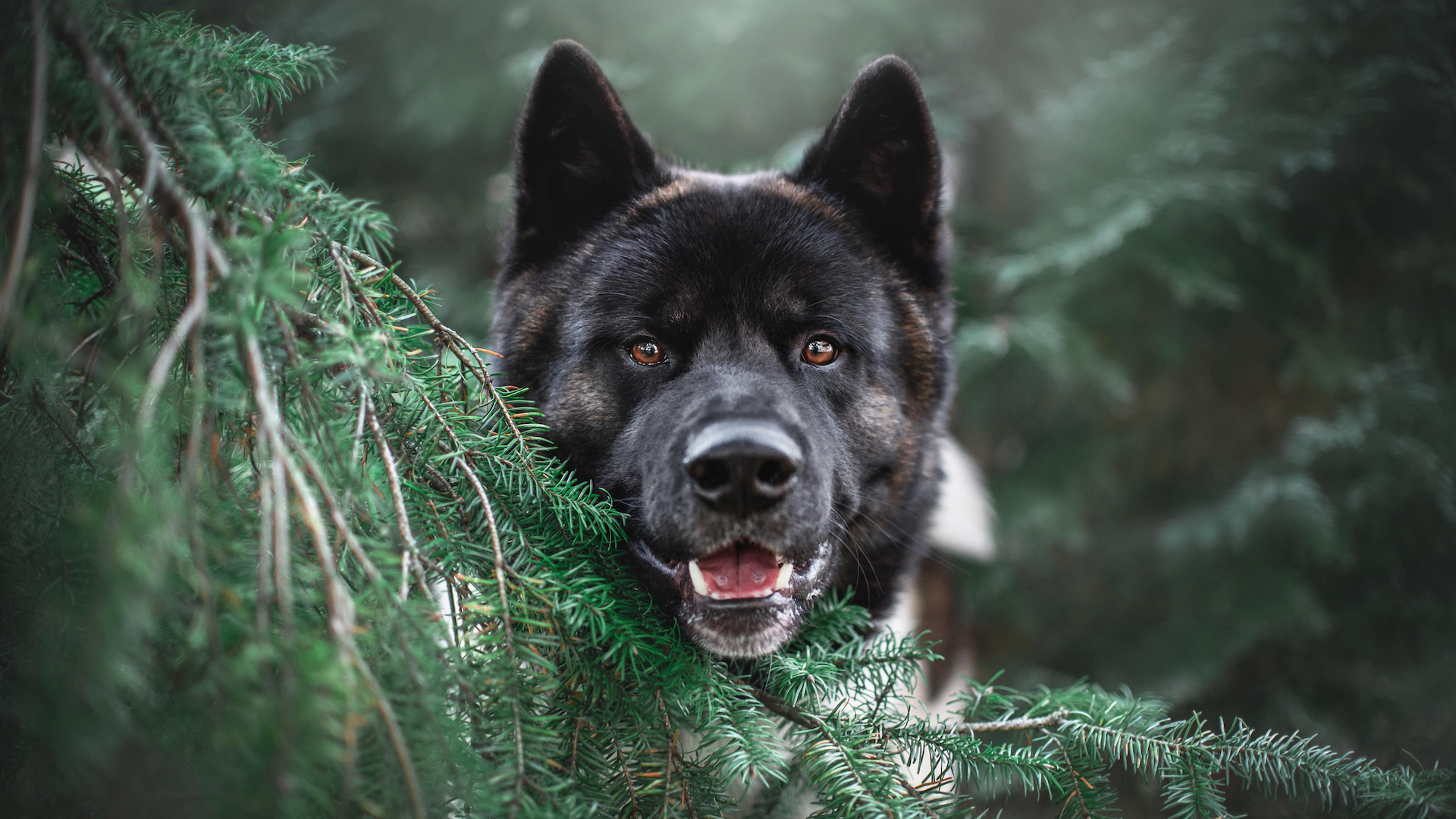
Akitas are a no-go area for inexperienced dog owners as they require specialist and tactful training. This excellent guard dog is naturally wary of strangers, has a strong prey drive, and can be aggressive, as well as being physically large and intimidating. If the foundations aren’t expertly set in place, things can go dangerously wrong.
18. Alaskan Malamute
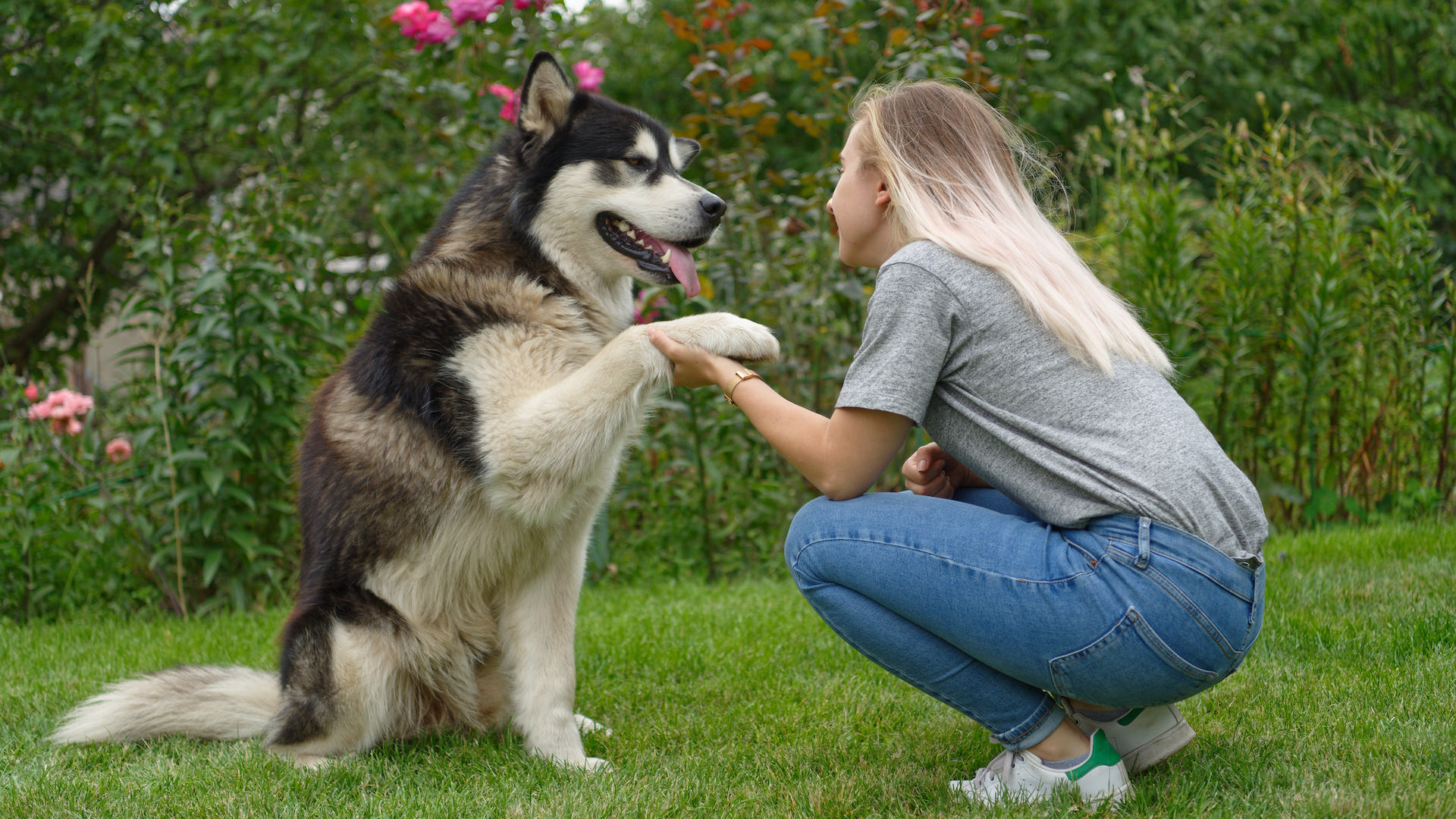
When it comes to Huskies vs Malamutes, you will see that Alaskan Malamutes are also intelligent and well capable of being beautifully trained, but they need a confident and active handler.
Super smart and super stubborn, they have naturally impressive stamina, which equates to a high energy drive and so need plenty of exercise. Repetitive drills tend to bore them, so work out active, stimulating training sessions to enable them to thrive.
19. Bullmastiff
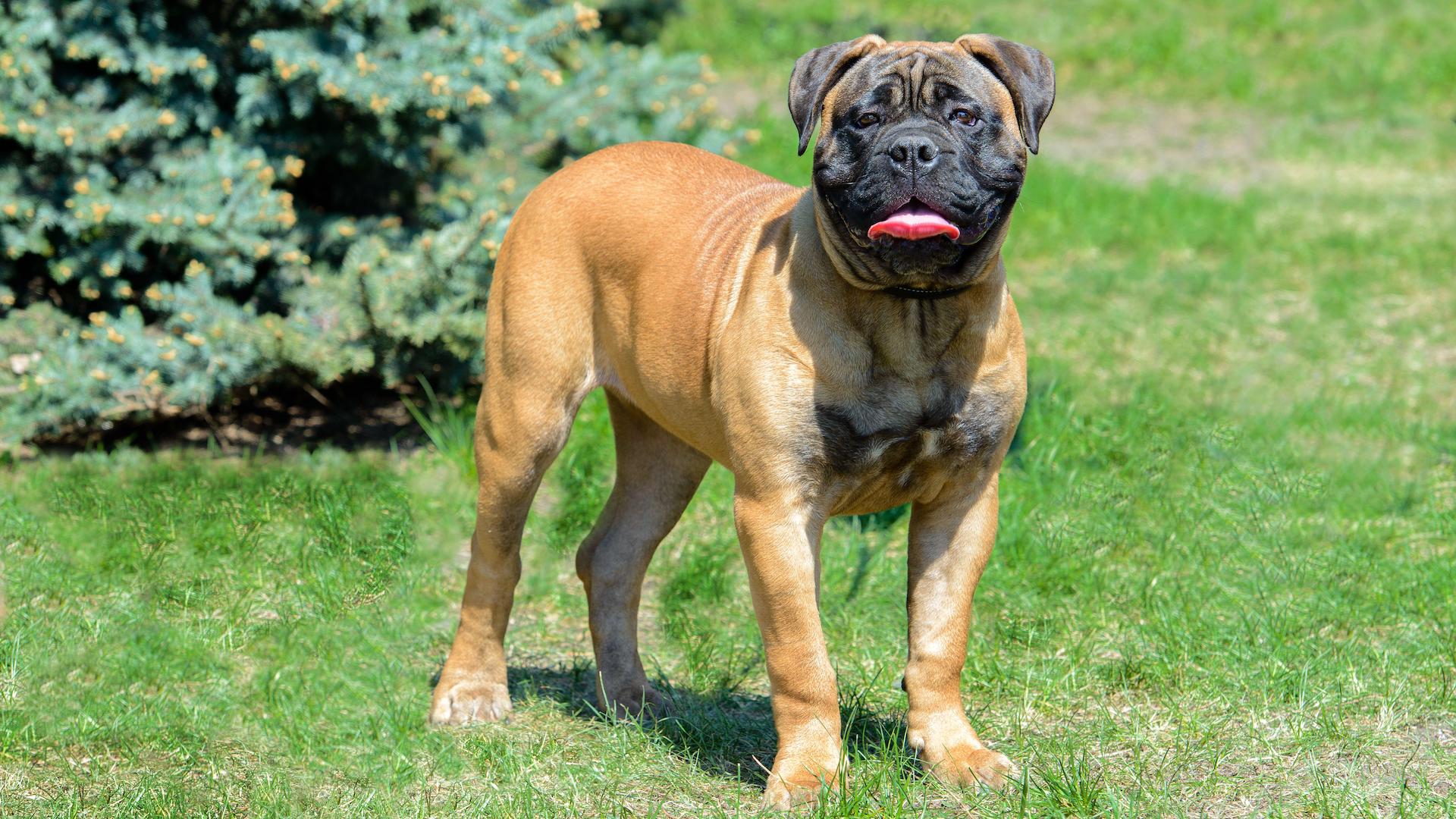
While bullmastiffs are intelligent and learn quickly, firm foundations need to be established early, or they can have a tendency to be defiant and even aggressive.
As adults, they are imposing guard-dog types at 130lb, so ensuring they are biddable from the outset is essential.
20. Chihuahua

Chihuahuas are likely less difficult to train than their reputation they might have, but they are so small and cute that many people think they hardly need to bother. As a result, there are plenty of badly behaved Chihuahuas around, running rings around their owners. This breed is also prone to small dog syndrome, where unwanted behaviors such as barking and jumping up are more frequent due to a lack of training.
That said, a Chihuahua tends to think they’re in charge and have naturally strong personalities. As with all dogs, it’s best to set the standard early in their life with positive reinforcement training.
Read next: Most playful dog breeds
Edited by Georgia Guerin and Alexis De Leaver.
Last updated in July 2025 by Martha Terry.
Martha is an experienced journalist working in both print and digital media. She specializes in the canine, equine and rural sphere where she has covered a wide range of topics from cloning animals and the ingredients for a perfect yard dog, to helping owners find the best canine GPS trackers on the market. When she’s not busy writing about dogs and horses, she’ll be found either aboard a horse or looking after the menagerie of pets in her care.
